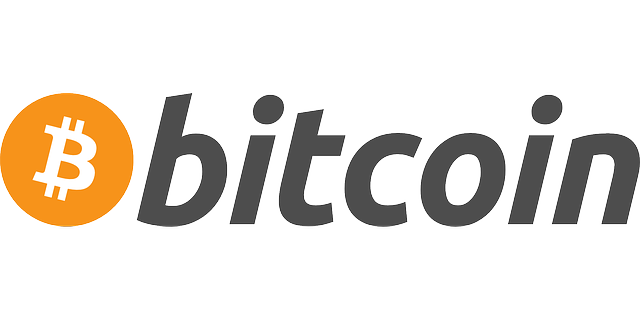The rapidly growing title loan industry offers quick cash using vehicle titles as collateral but has faced criticism for high-interest rates, hidden fees, and exploitative practices that trap borrowers in debt. Regulatory bodies are now implementing measures to protect consumers from harmful title loan industry regulations, focusing on fair lending practices, stable market conditions, and consumer protection. The industry's evolution from brick-and-mortar to online platforms has increased accessibility but also raised concerns about predatory lending and complex loan terms, prompting stricter regulatory action.
The title loan industry, once a niche corner of the financial sector, has seen a dramatic rise in popularity over the past decade. As more consumers turn to these short-term loans for quick cash, the industry’s growth has led to tighter regulations today. This shift is driven by mounting consumer complaints, high-interest rates, and lack of transparency, prompting governments to address potential debt traps. Understanding these developments is crucial for both lenders and borrowers as regulatory measures aim to foster responsible lending practices and protect consumers in the future.
- The Rise of Title Loan Industry and Its Impact
- – Brief history of title loans
- – How the industry has evolved over time
The Rise of Title Loan Industry and Its Impact

The rise of the title loan industry has been a significant development in the financial landscape, offering a unique and often sought-after service for individuals in need of fast cash. This alternative lending option allows borrowers to use their vehicle’s title as collateral, providing quick access to funds without the stringent requirements typically associated with traditional loans. The industry’s growth has been particularly notable over the past decade, catering to folks seeking emergency financial relief or those requiring money for unforeseen expenses.
However, as its popularity surges, so do concerns about potential risks and exploitative practices. Many borrowers find themselves in a cycle of debt, struggling to repay these short-term loans due to high-interest rates and hidden fees. The title transfer process, while convenient for lenders, can leave borrowers vulnerable, especially if they are unaware of the implications. As such, regulatory bodies are stepping in to tighten industry standards, focusing on consumer protection and ensuring fair loan payoff practices to mitigate the negative impact of these fast-cash lending services.
– Brief history of title loans

The history of title loans dates back to the early 20th century when they emerged as a form of secured lending, allowing individuals to borrow money by using their vehicle’s title as collateral. Initially, these loans were relatively straightforward and served as a solution for people in need of quick cash, especially during economic downturns. Over time, the industry evolved, with various lenders entering the market, including specialized truck title loan providers catering to the unique needs of commercial vehicle owners.
As the title loan industry grew, so did consumer concerns and the recognition of potential risks associated with these loans. High-interest rates, aggressive collection practices, and the potential for borrowers to lose their vehicles if they default on payments led to increased scrutiny from financial regulators. This resulted in tighter regulations aimed at protecting consumers, ensuring fair lending practices, and maintaining stability within the industry, particularly when it comes to loan approval processes and direct deposit options.
– How the industry has evolved over time

The title loan industry has undergone a remarkable transformation since its inception. In its early days, these loans were primarily accessible through brick-and-mortar establishments, where borrowers would physically present their vehicle titles as collateral for short-term funding. Over time, the industry evolved to cater to a wider customer base, with the advent of online application processes and more flexible loan terms. This digital shift not only increased accessibility but also sparked concerns regarding consumer protection and fair lending practices.
As the industry expanded, so did the recognition of its potential pitfalls. Loan terms became more complex, and borrowers often found themselves in cycles of debt due to high-interest rates and hidden fees. The rise of online platforms facilitated quicker transactions but raised alarms about the lack of transparency and the ease with which borrowers could fall victim to predatory lending. Consequently, regulatory bodies have been tightening the screws on this sector to safeguard consumers and ensure fair practices, particularly in terms of title transfer and loan terms.
As the title loan industry continues to grow, so do concerns about its impact on vulnerable borrowers. Consequently, regulators are tightening restrictions to protect consumers from predatory lending practices. These new measures aim to ensure fairer terms, transparent pricing, and improved borrower rights, marking a significant shift in the industry’s landscape. By implementing these regulations, authorities hope to strike a balance between providing access to short-term financing and safeguarding individuals from potential financial harm.






